Up until the early ’90s, fitness assessments consisted of measuring body fat, upper/lower body strength, flexibility, and anaerobic capacity. As we learned more about the…
READ MORE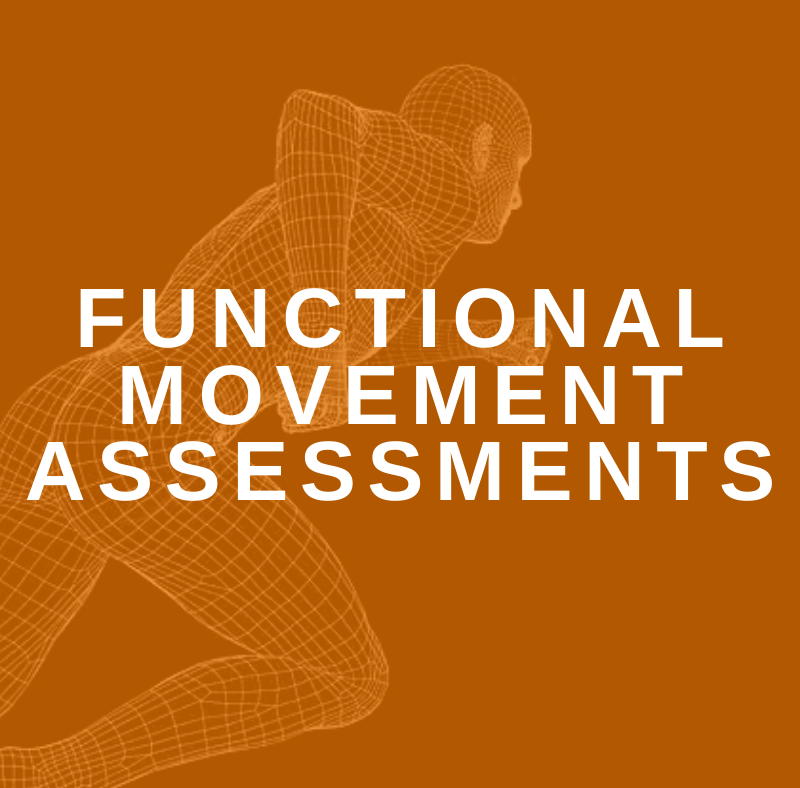

Up until the early ’90s, fitness assessments consisted of measuring body fat, upper/lower body strength, flexibility, and anaerobic capacity. As we learned more about the…
READ MORE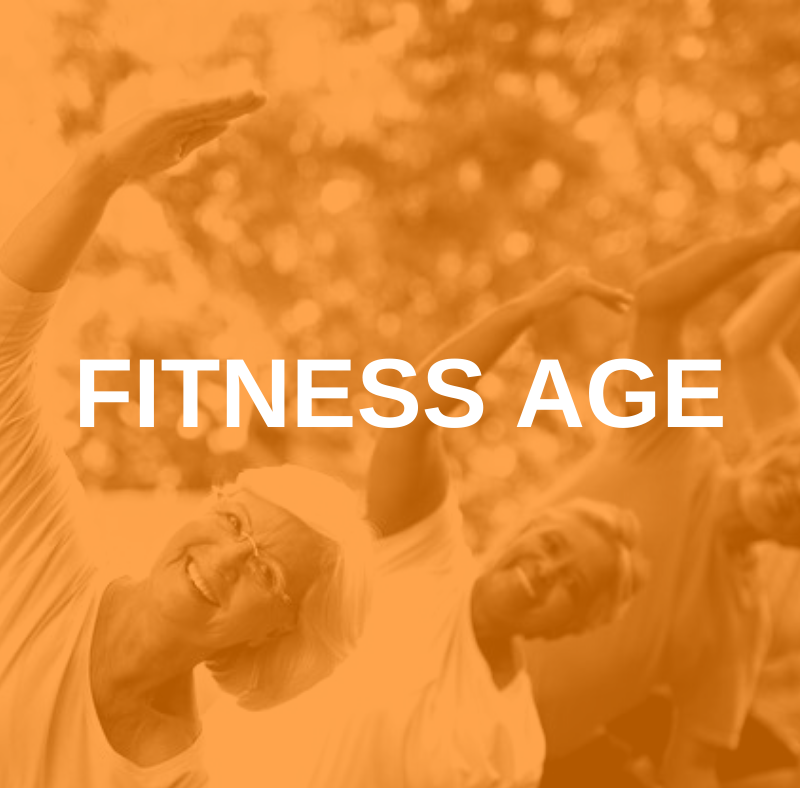
Medicare-aged folks comprise a notable and possibly growing segment of our personal training clientele. Their calendar years may or may not reflect “gym or fitness…
READ MORE
Approaches to fitness assessments are as varied as the individual assessments themselves. Every health and fitness professional will likely have their own approach to conducting…
READ MORE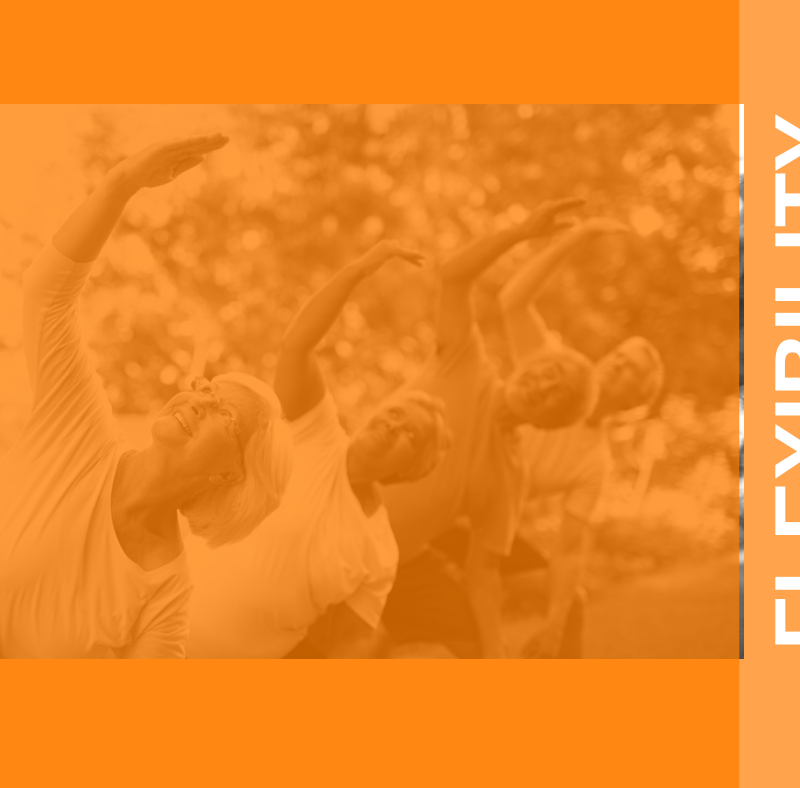
Flexibility training is one of the most overlooked and underappreciated components of physical fitness. Mostly, because it is generally programmed at the end of a…
READ MORE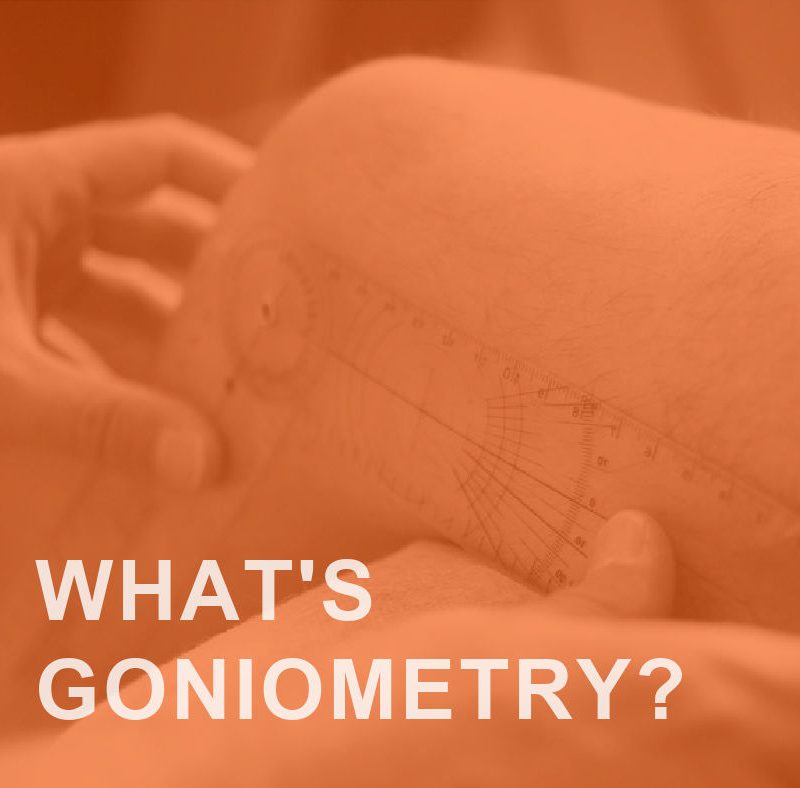
Goniometry is measuring the passive range of motion of a joint using a protractor like device with two arms, called a goniometer, which measures joint…
READ MORE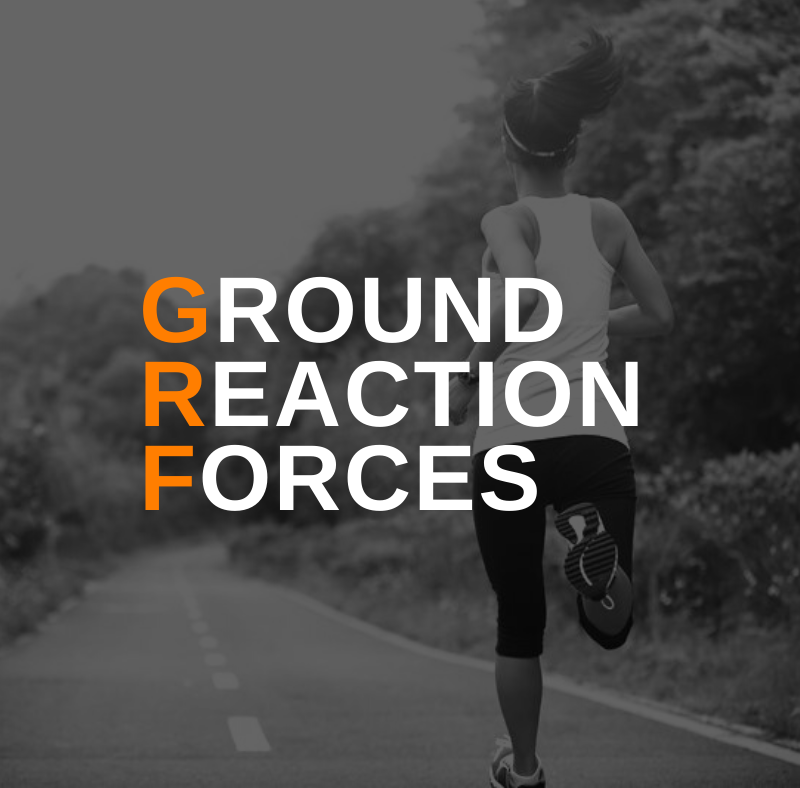
Running is a popular form of exercise and an effective way for our clients to boost cardiovascular fitness. However, it is associated with a higher…
READ MORE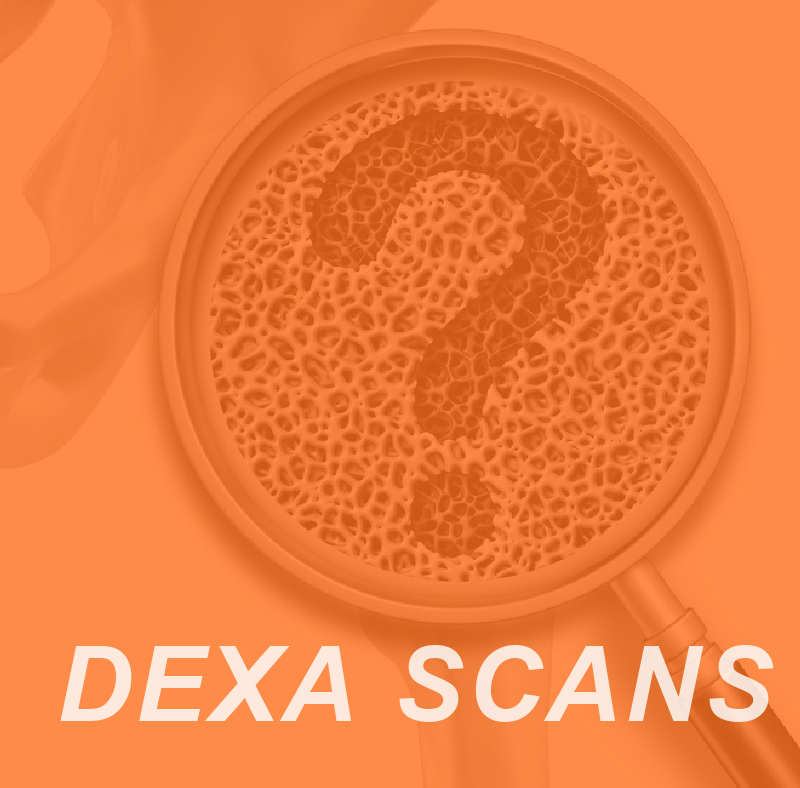
Many personal trainers wear a health and wellness cap, with interests going far beyond exercise, though it’s all interwoven. Osteoporosis and bone fractures are common…
READ MORE
Personal trainers are on a mission to assist clients on the road to fitness. Whether our clients are beginners, perhaps wanting to lose weight before…
READ MORE
Human strides truly are what made us who we were for Paleolithic hunting and gathering ways and means. Walking and motion still make us who…
READ MORE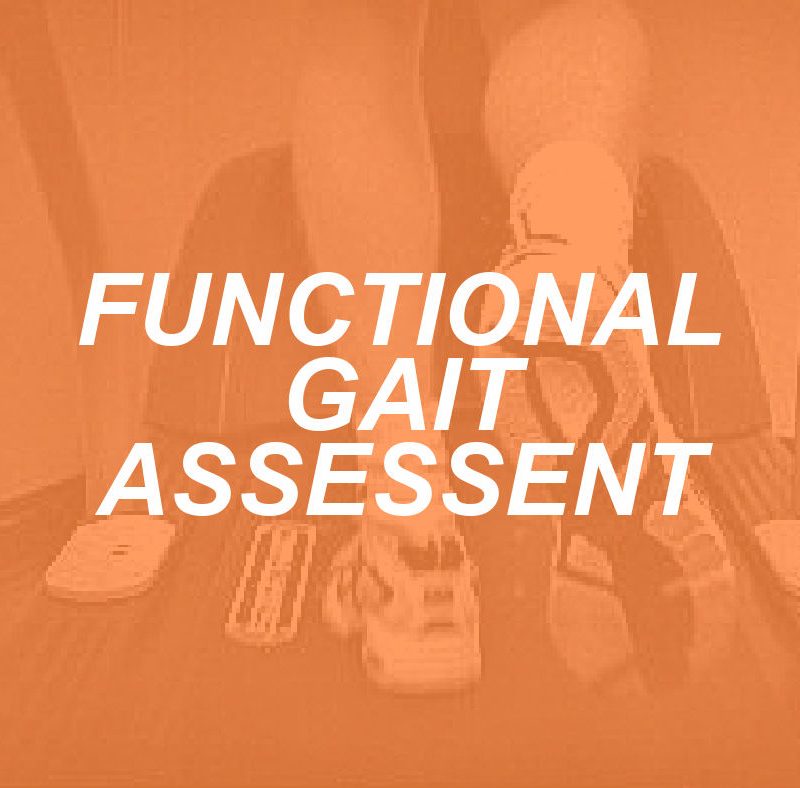
Gait can be a four-letter word with unfortunate consequences if one’s stride becomes disorderly or abnormal. Personal trainers who can perform a functional gait assessment…
READ MORE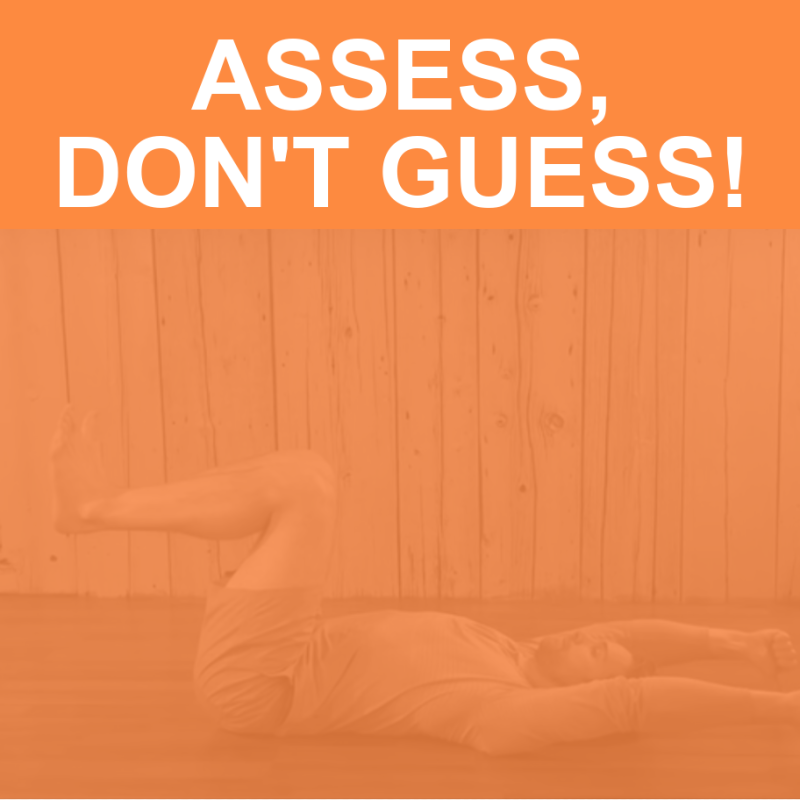
As personal trainers we must take our due diligence to keep our clients safe and injury-free in tandem with helping them reach their goals. Before…
READ MORE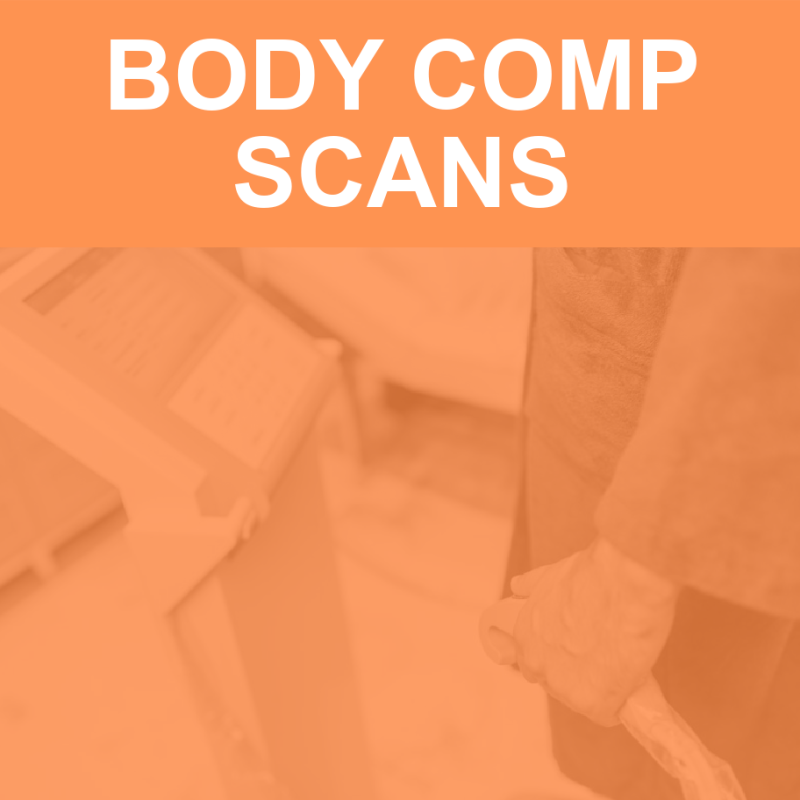
Personal training clients can prepare clean meals, hydrate sufficiently, and train properly, yet still find that truly positive results elude them. What other resources may…
READ MORE